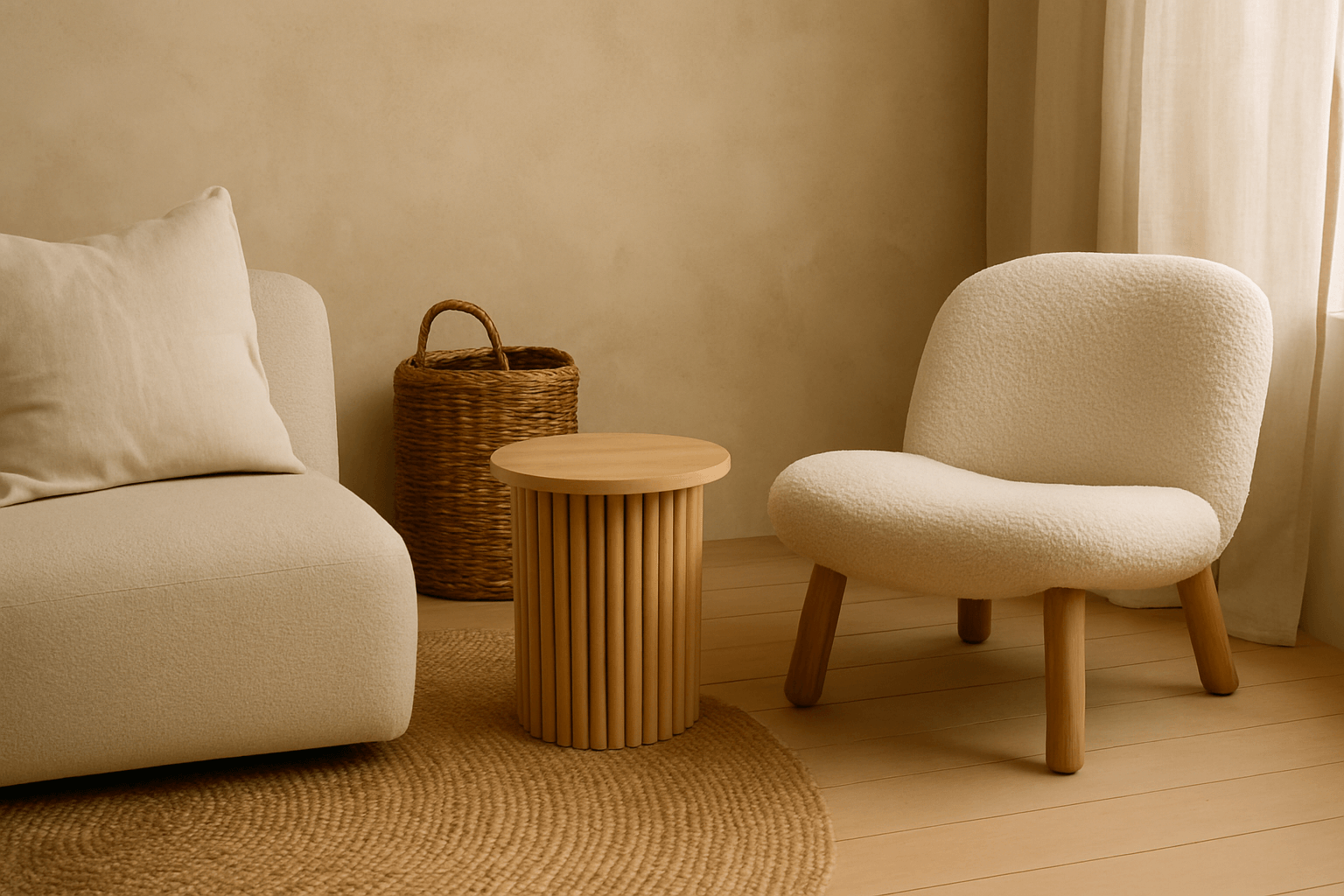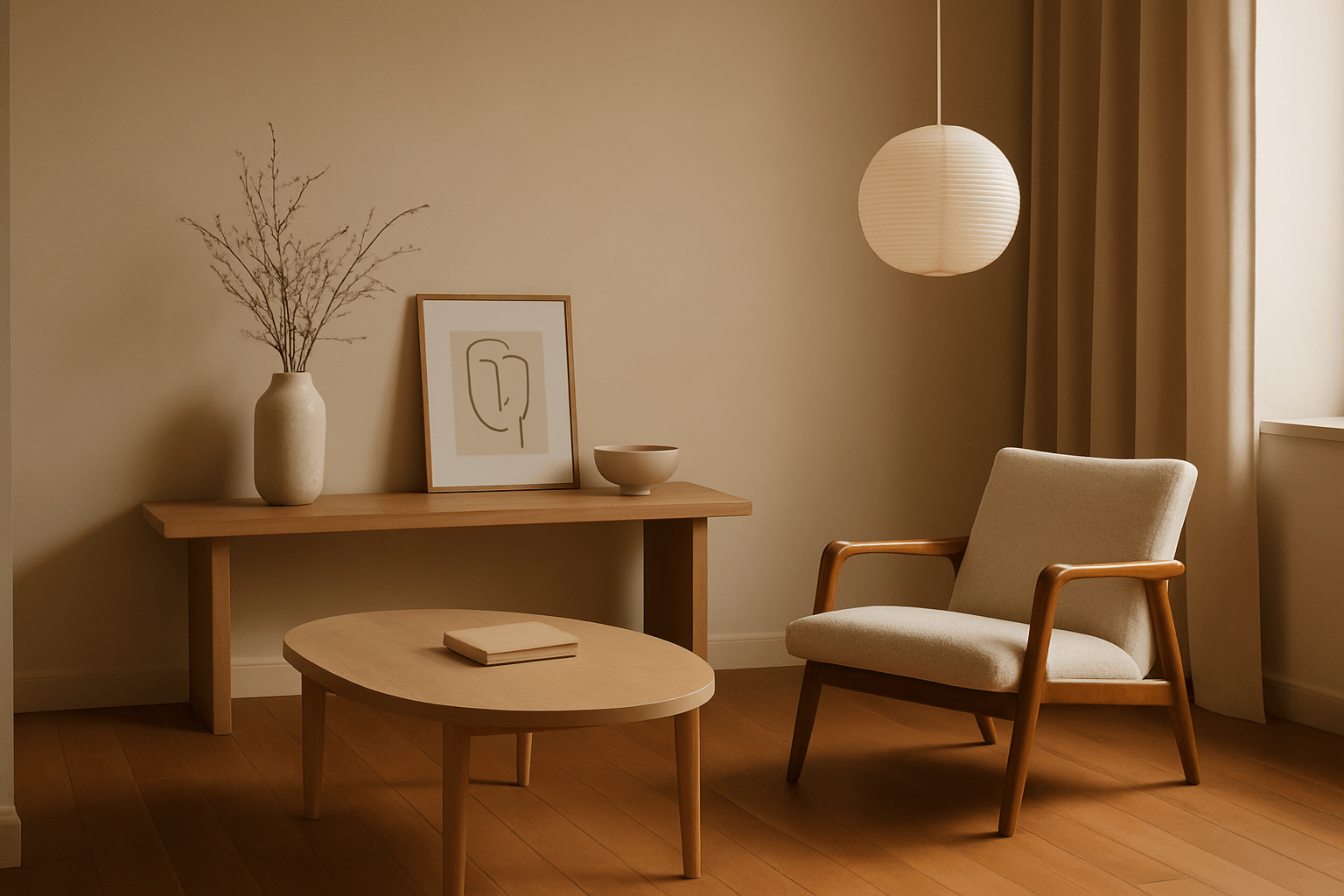Why “Less” Is a Lifestyle, Not a Trend
Minimalism isn’t just about having fewer things — it’s about choosing what truly matters. Living with less isn’t deprivation. It’s freedom: from clutter, from distraction, from decisions that drain you.
In this guide, we’ll walk through how to thoughtfully embrace “less” at home, and how that shift creates more space for clarity, calm, and meaning.
1. Let Go with Purpose
Decluttering is the obvious first step, but it’s not about randomly tossing things out. It’s about re-evaluating your relationship with your belongings.
Ask yourself:
-
Do I use this?
-
Does this align with how I want my space to feel?
-
If I let this go, what would I gain — time, space, clarity?
Letting go creates room, both physically and emotionally.
2. Focus on What Adds Value
Minimalism is not about living in an empty white box. It’s about prioritizing. Keep what:
-
Serves a consistent purpose
-
Brings joy or beauty
-
Supports your values and routines
If something isn’t useful or meaningful, it’s likely just background noise.
3. Design One Room at a Time
Trying to minimize your entire home all at once can be overwhelming. Start with a single room — ideally one you spend time in daily.
For example:
-
In the bedroom, focus on rest and remove distractions like extra furniture or cluttered nightstands.
-
In the kitchen, clear counters and streamline tools to support ease in cooking.
-
In the living room, create intentional space for connection, reading, or quiet.
Every room should have a purpose and a feeling behind it.
4. Quality Over Quantity
Living with less gives you permission to be selective. It’s better to have one item you love than five you tolerate.
Minimal homes often feel luxurious not because they’re full of expensive things, but because they’re full of thoughtful choices.
When purchasing or keeping something, ask:
-
Is this well-made?
-
Will I still want this in five years?
-
Does this fit into my lifestyle or am I trying to fit around it?
5. Create Habits, Not Just Spaces
Living with less isn’t a one-time project — it’s an ongoing mindset. Build daily habits that keep your space intentional:
-
Return items to their place
-
Limit impulse buys
-
Reflect on what enters your space — and why
-
Schedule a monthly 15-minute “reset” in one room
Over time, this becomes natural, not forced.
6. Embrace Empty Space
An often-overlooked part of minimalism is negative space. Don’t rush to fill every shelf, wall, or surface.
Leave room:
-
For your eyes to rest
-
For your thoughts to settle
-
For future changes
Empty space is not “missing” something. It’s a powerful design and emotional element in itself.
Final Thought
The art of living with less is really the art of living with intention. When your home reflects your values — not your stress or your habits — you move through it differently.
You breathe easier. You think more clearly. You make space not just for your things, but for your life.
















